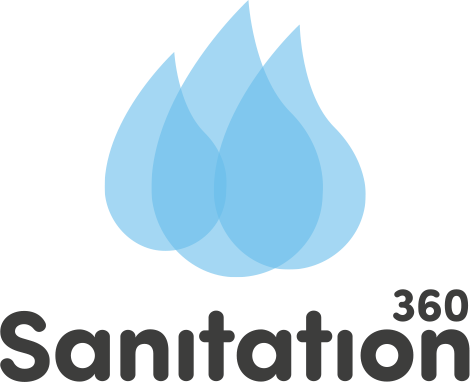Are pharmaceutical residues in urine-based fertiliser a risk?
Sanitation360 fertiliser was evaluated by a third-party for the detection of 150 different compounds (ranging from pharmaceuticals to pesticides). Within the fertiliser, 40 compounds were detected. Risk modelling using Swedish and EU assessment tools and based on the maximum fertiliser application rate, shows that the maximum applied load of pharmaceuticals would be 0.5 g of compounds per ha (the non-detected compounds were included in this calculation with the detection limit as the mass) which is ten times lower than the proposed guideline value of 5 g/ha. This is far below the PECsoil threshold of 100 µg/kg and the PECsurface water threshold of 1 µg/L, even under worst-case mobility and rainfall conditions.
Extensive monitoring of our field trials shows that pharmaceuticals are not a risk. In a 2024 Gotland field study, 40 pharmaceuticals were analysed from urine-based fertiliser through the entire cultivation cycle. Only seven compounds were detected in the fertiliser, at concentrations between 60 and 700 ng/g. None were detected in soil, irrigation water, or crop tissues after application.
These findings indicate no measurable transfer of pharmaceuticals to the environment or food chain, and confirm that certified urine-based fertilisers meet stringent health, environmental, and safety requirements.

